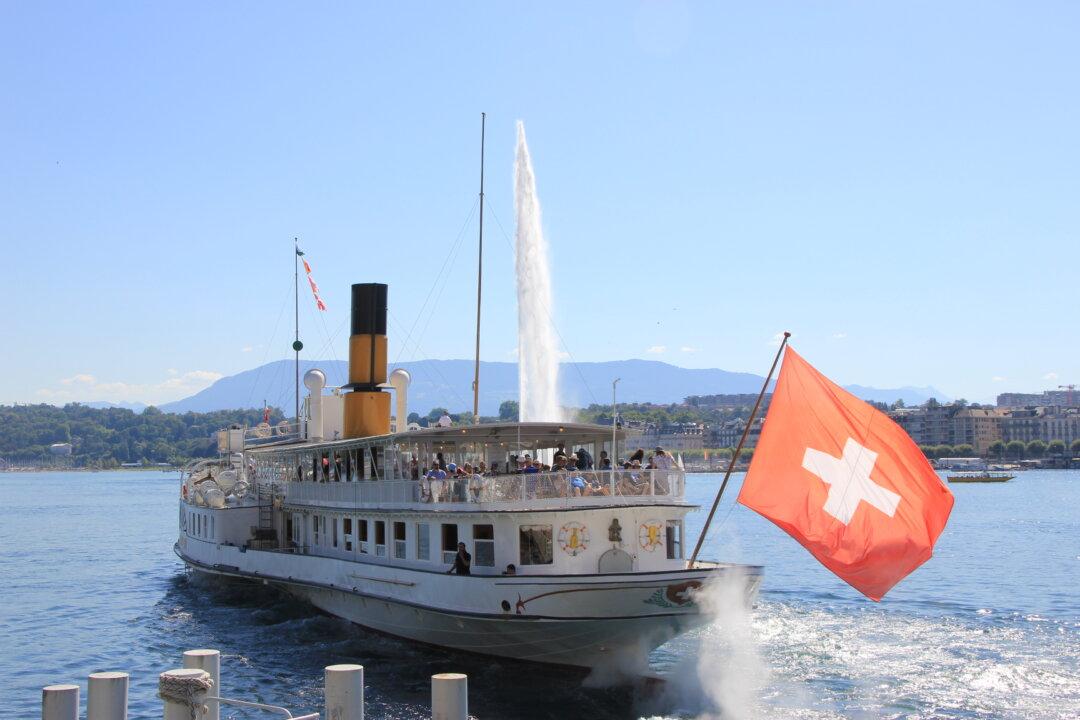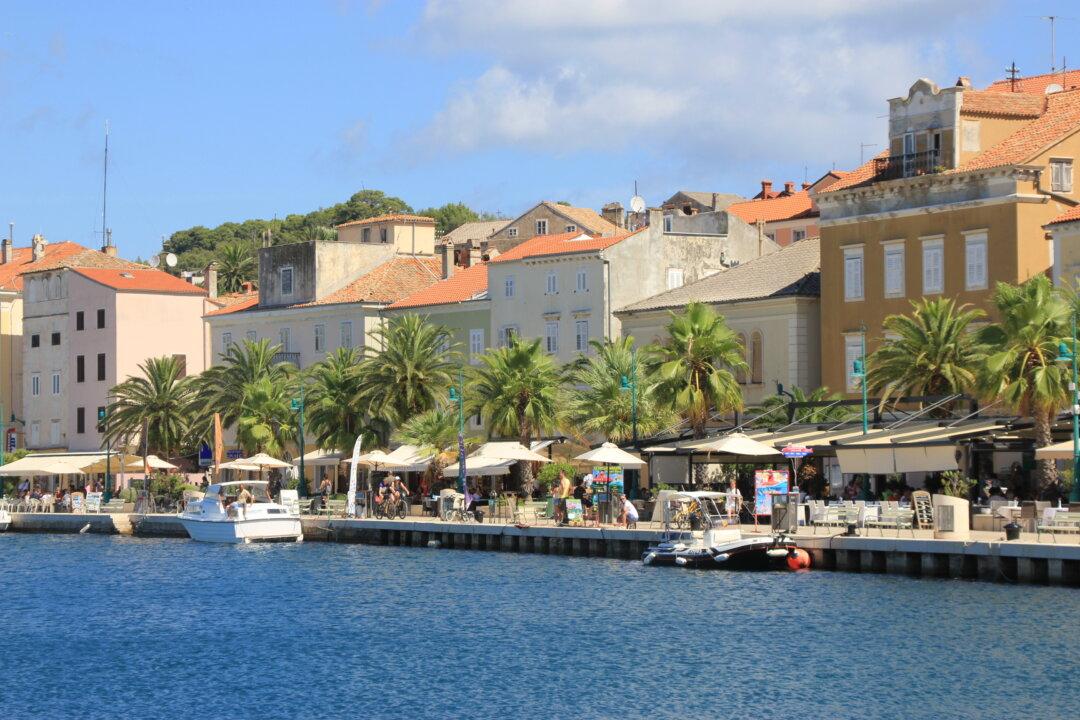I have a mix of fear and respect for volcanoes. They are imposing, difficult to climb, and can erupt with little warning. However, when my husband and I visited New Zealand, our friends strongly recommended trekking amongst the volcanoes on the Tongariro Alpine Crossing, arguably the country’s most spectacular one-day nature walk.
Tongariro National Park owes its status as New Zealand’s oldest national park to a forward-thinking Maori (the indigenous Polynesian people of New Zealand) Chief who in 1887 gifted the lands of three volcanic peaks Tongariro, Ruapehu, and Ngauruhoe to the Crown so they could be preserved for all people. Today, this original gift covers an area of 200,000 acres, and has World Heritage status.





